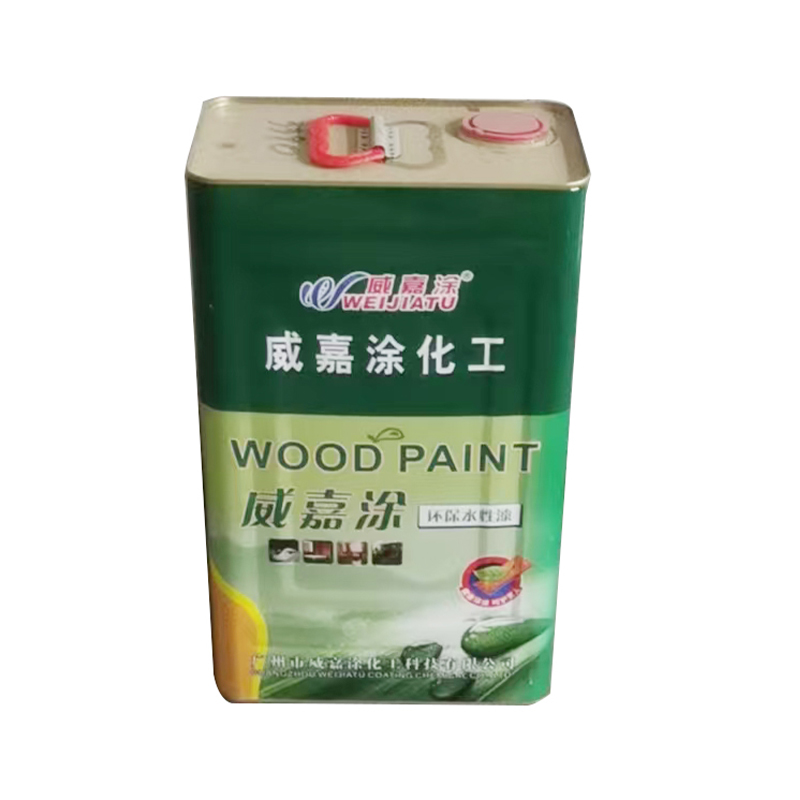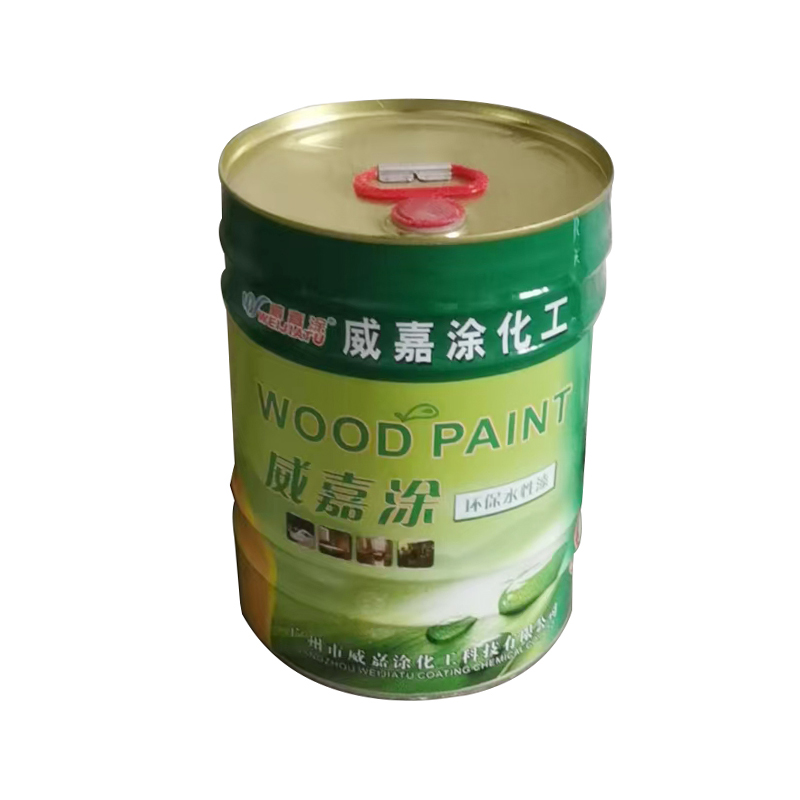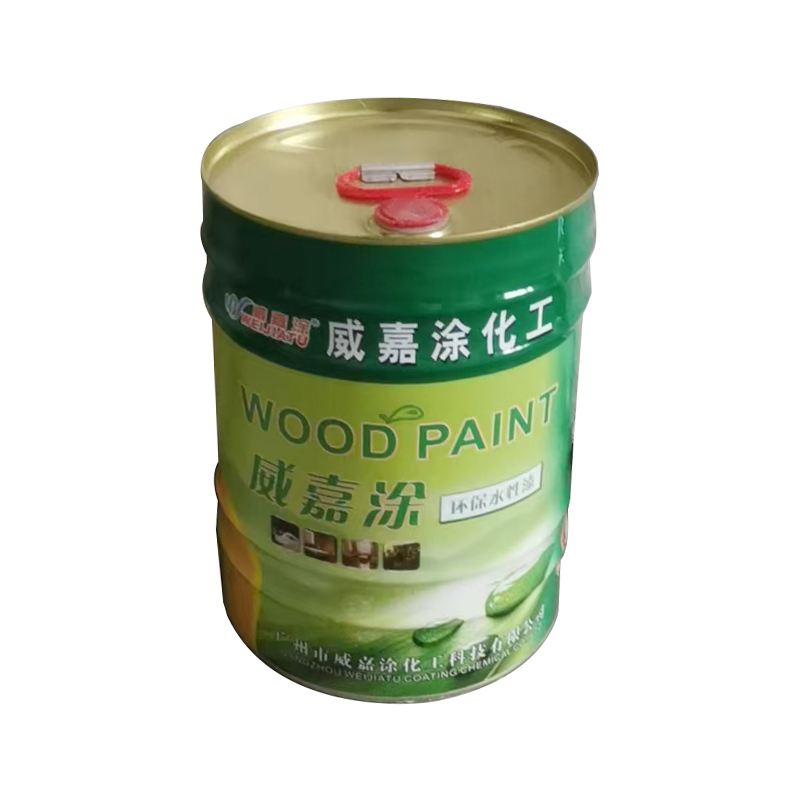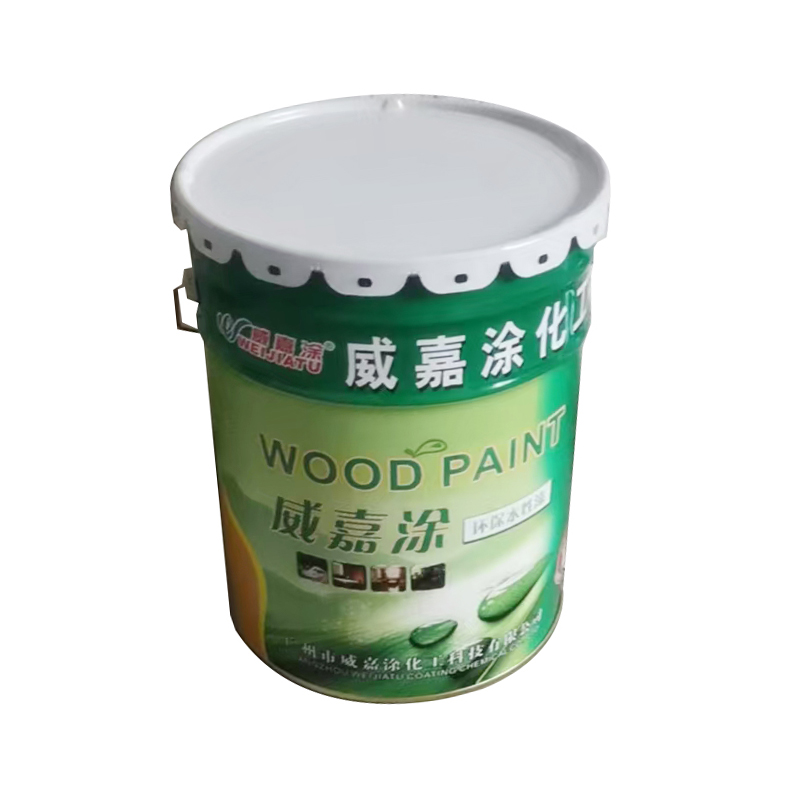How to optimize the compatibility of paint hardener with different types of epoxy resins?
Release Time : 2025-06-24
In the coatings industry, epoxy resins are widely used due to their excellent mechanical properties, chemical stability and adhesion. However, in order to achieve these properties, they must be used in combination with suitable curing agents. Optimizing the compatibility of paint hardeners with different types of epoxy resins is a complex but critical process that directly affects the quality and performance of the final coating.
Selecting the right curing agent is the first step to ensure optimal compatibility. Different epoxy resins have their own unique molecular structure and reactivity, so the curing agent needs to be selected according to specific application requirements. For liquid epoxy resins, their low molecular weight and good fluidity require the selected curing agent to not only initiate the reaction quickly, but also provide sufficient crosslinking density without sacrificing working time. In contrast, solid epoxy resins usually have higher molecular weights, which may limit their processing methods, such as requiring higher temperatures for dissolution or melt mixing. In this case, it becomes particularly critical to select a curing agent that can initiate the reaction at relatively low temperatures and is not easily volatile.
From a chemical point of view, the selection of curing agent should consider whether its chemical structure can effectively react with the epoxy groups in the epoxy resin. Ideally, the number and distribution of active hydrogen atoms in the curing agent molecule should match the functionality of the epoxy resin. In addition, the polarity of the curing agent also needs to be coordinated with the polarity of the epoxy resin to ensure uniform dispersion and sufficient mixing of the two. When the polarity difference between the two is large, phase separation may occur, which in turn affects the transparency and physical and mechanical properties of the coating. For this reason, it is sometimes necessary to add a small amount of compatibilizer or adjust the interfacial properties of the materials through surface treatment technology to improve the compatibility between them.
In addition to chemical factors, process conditions are also important aspects that affect the compatibility of curing agents and epoxy resins. For example, the mixing ratio, stirring speed and time will have a significant impact on the quality of the final product. Accurate control of the amount of curing agent added is the basis for obtaining high-quality coatings. Too much or too little will have adverse consequences. Proper stirring not only ensures that the two components are fully mixed, but also helps release bubbles generated during the process to avoid defects. At the same time, considering the differences in temperature sensitivity of different curing agents, a reasonable curing temperature curve needs to be set in actual operation to promote the smooth reaction and achieve the ideal degree of crosslinking.
It is worth noting that with the increasingly stringent environmental regulations and the growing market demand for green products, water-based epoxy systems are gradually becoming a research hotspot. In this system, how to improve the compatibility of curing agents with water-based epoxy resins has become a new challenge. On the one hand, it is necessary to solve the problem of dispersion stability of curing agents in the water phase; on the other hand, it is necessary to explore how to enhance the durability and protective properties of coatings without affecting environmental friendliness. To overcome these problems, researchers are developing new emulsification technologies and multifunctional curing agents to meet environmental protection requirements and provide excellent coating performance.
In summary, optimizing the compatibility of paint hardeners with different types of epoxy resins involves multiple levels of knowledge and technology, including but not limited to chemical principles, formulation design, and process parameter control. Only by fully understanding and properly handling these factors can high-performance, long-life epoxy coatings that are suitable for various applications be prepared. This not only helps to improve product quality, but also drives the entire industry towards a more efficient and environmentally friendly direction.
Selecting the right curing agent is the first step to ensure optimal compatibility. Different epoxy resins have their own unique molecular structure and reactivity, so the curing agent needs to be selected according to specific application requirements. For liquid epoxy resins, their low molecular weight and good fluidity require the selected curing agent to not only initiate the reaction quickly, but also provide sufficient crosslinking density without sacrificing working time. In contrast, solid epoxy resins usually have higher molecular weights, which may limit their processing methods, such as requiring higher temperatures for dissolution or melt mixing. In this case, it becomes particularly critical to select a curing agent that can initiate the reaction at relatively low temperatures and is not easily volatile.
From a chemical point of view, the selection of curing agent should consider whether its chemical structure can effectively react with the epoxy groups in the epoxy resin. Ideally, the number and distribution of active hydrogen atoms in the curing agent molecule should match the functionality of the epoxy resin. In addition, the polarity of the curing agent also needs to be coordinated with the polarity of the epoxy resin to ensure uniform dispersion and sufficient mixing of the two. When the polarity difference between the two is large, phase separation may occur, which in turn affects the transparency and physical and mechanical properties of the coating. For this reason, it is sometimes necessary to add a small amount of compatibilizer or adjust the interfacial properties of the materials through surface treatment technology to improve the compatibility between them.
In addition to chemical factors, process conditions are also important aspects that affect the compatibility of curing agents and epoxy resins. For example, the mixing ratio, stirring speed and time will have a significant impact on the quality of the final product. Accurate control of the amount of curing agent added is the basis for obtaining high-quality coatings. Too much or too little will have adverse consequences. Proper stirring not only ensures that the two components are fully mixed, but also helps release bubbles generated during the process to avoid defects. At the same time, considering the differences in temperature sensitivity of different curing agents, a reasonable curing temperature curve needs to be set in actual operation to promote the smooth reaction and achieve the ideal degree of crosslinking.
It is worth noting that with the increasingly stringent environmental regulations and the growing market demand for green products, water-based epoxy systems are gradually becoming a research hotspot. In this system, how to improve the compatibility of curing agents with water-based epoxy resins has become a new challenge. On the one hand, it is necessary to solve the problem of dispersion stability of curing agents in the water phase; on the other hand, it is necessary to explore how to enhance the durability and protective properties of coatings without affecting environmental friendliness. To overcome these problems, researchers are developing new emulsification technologies and multifunctional curing agents to meet environmental protection requirements and provide excellent coating performance.
In summary, optimizing the compatibility of paint hardeners with different types of epoxy resins involves multiple levels of knowledge and technology, including but not limited to chemical principles, formulation design, and process parameter control. Only by fully understanding and properly handling these factors can high-performance, long-life epoxy coatings that are suitable for various applications be prepared. This not only helps to improve product quality, but also drives the entire industry towards a more efficient and environmentally friendly direction.







